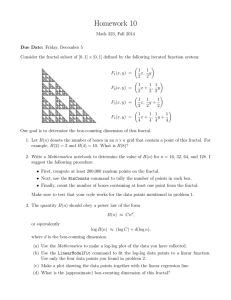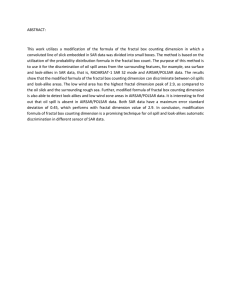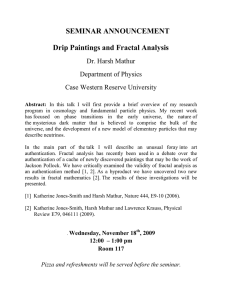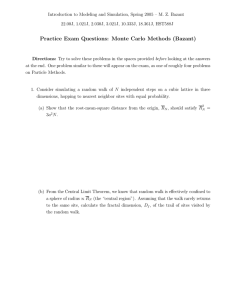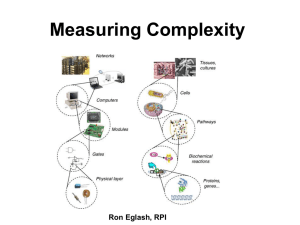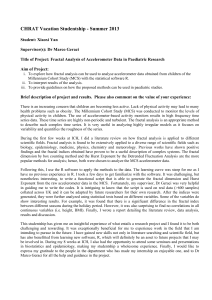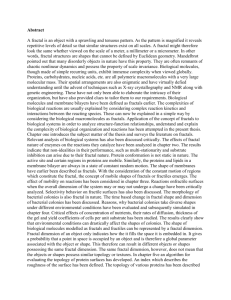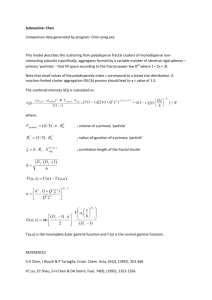The correlation between b-value and fractal dimension (D)
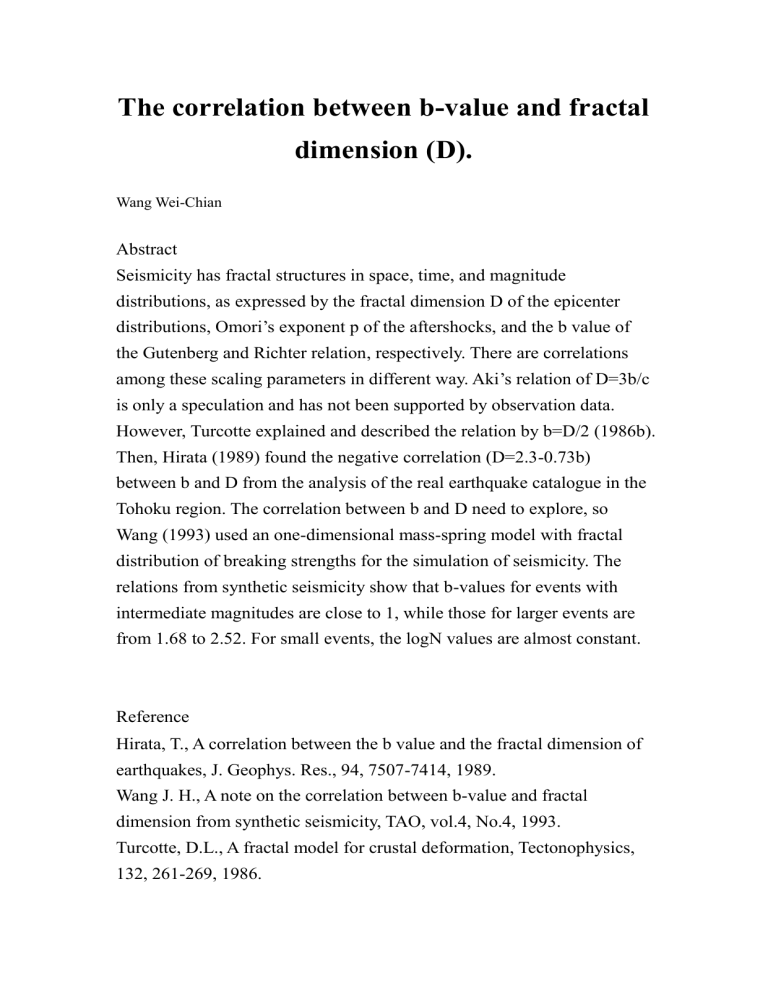
The correlation between b-value and fractal dimension (D).
Wang Wei-Chian
Abstract
Seismicity has fractal structures in space, time, and magnitude distributions, as expressed by the fractal dimension D of the epicenter distributions, Omori’s exponent p of the aftershocks, and the b value of the Gutenberg and Richter relation, respectively. There are correlations among these scaling parameters in different way. Aki’s relation of D=3b/c is only a speculation and has not been supported by observation data.
However, Turcotte explained and described the relation by b=D/2 (1986b).
Then, Hirata (1989) found the negative correlation (D=2.3-0.73b) between b and D from the analysis of the real earthquake catalogue in the
Tohoku region. The correlation between b and D need to explore, so
Wang (1993) used an one-dimensional mass-spring model with fractal distribution of breaking strengths for the simulation of seismicity. The relations from synthetic seismicity show that b-values for events with intermediate magnitudes are close to 1, while those for larger events are from 1.68 to 2.52. For small events, the logN values are almost constant.
Reference
Hirata, T., A correlation between the b value and the fractal dimension of earthquakes, J. Geophys. Res., 94, 7507-7414, 1989.
Wang J. H., A note on the correlation between b-value and fractal dimension from synthetic seismicity, TAO, vol.4, No.4, 1993.
Turcotte, D.L., A fractal model for crustal deformation, Tectonophysics,
132, 261-269, 1986.

